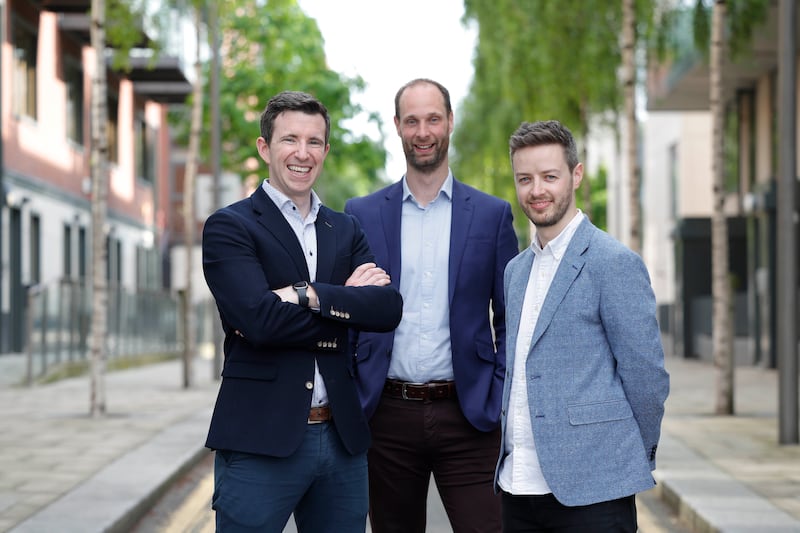There’s a lot of buzz around artificial intelligence (AI) innovations with billions being poured into companies globally. So, when a founder of a high-profile AI business says to calm down and think before acting, it’s worth paying attention.
“It’s important not to overhype interest and there is definitely an element of that out there,” says Shane Lynn, co-founder of EdgeTier. “The reality is there has been a fundamental shift in the capability of machine learning systems,”
“The launch of ChatGPT brought more public attention to that. Some of the pieces we have added at EdgeTier that might previously taken a five-year project might now only take five weeks.”
EdgeTier works with large brands to help them understand what their customers are talking about. It analyses customer support conversations to enable better experiences, both with human agents and chatbots.

Being able to scan information from video, audio and text conversations at a ludicrous speed and convert that into something humans can act on is impressive, but Lynn says it’s still early days for the sector.
“The pace of innovation hasn’t stopped. A lot of the products you see at the moment might be underwhelming but they’re currently the worst they’re ever going to be. The pace of improvement keeps going,” he says.
Despite that, he urges both AI companies and those considering investing in them to ignore the hype and focus on the fundamentals. EdgeTier has raised €7.5 million in funding to date, but Lynn doesn’t feel a need to race to grab more investment.
“Good investment happens when you need it and have the metrics to support it. You can hype things up and try to raise investment based on air or you can focus on your business and drive towards those metrics; we focus on the latter,” says Lynn.
“There’s a lot of noise and a lot of new companies springing up. It’s difficult for investors to sort the wheat from the chaff. If you get far enough to show you’re solving a market problem and getting traction with customers, investors will take notice.”
Lynn says that a back-to-basics approach is vital for any successful investment in AI businesses.
“The fundamentals are still there. Ask yourself if the companies you are looking at are solving a real problem for a core section of the market. The customer with that problem has to have value to it,” he says.
“Customer focus is going to become more important than ever because there will be a lot of companies in this space.”
His comments come at a time when investment in the sector continues to grow rapidly. Yet those investing in the sector share his view that core fundamentals must remain at the heart of any investment decision in AI.
“A key driver for us is access to talent and ensuring we have the right skills to meet our clients’ needs. We believe that AI, and in particular generative AI, is the most transformative technology of the next decade, and its evolution introduces new talent needs,” says Aidan Cowhig, head of EMEA corporate development at Accenture.
AI is a key focus for Accenture, with the business planning to double the number of staff it has focused on the technology globally to 80,000. Acquisitions are playing a role in meeting these staffing needs.
“The pace of change in AI technology today is unprecedented. It’s likely that the AI start-ups who succeed will not follow the traditional measures or timelines for success,” says Cowhig.
“The path to scaling an AI start-up is much narrower than a software start-up, for instance. There is likely to be significant scope for disrupters, particularly in how AI is deployed in support of a traditional business model where you can build a moat around the differentiation created rather than in the AI itself.”
While the pace may be accelerated, Cowhig says the approach still follows traditional M&A strategies.
“Our approach to valuations in the AI space is very consistent with our approach to valuations across all of our other strategic priorities; it’s about establishing a view of the fair market value of a business based on factors such as demonstrable market success,” he says.














